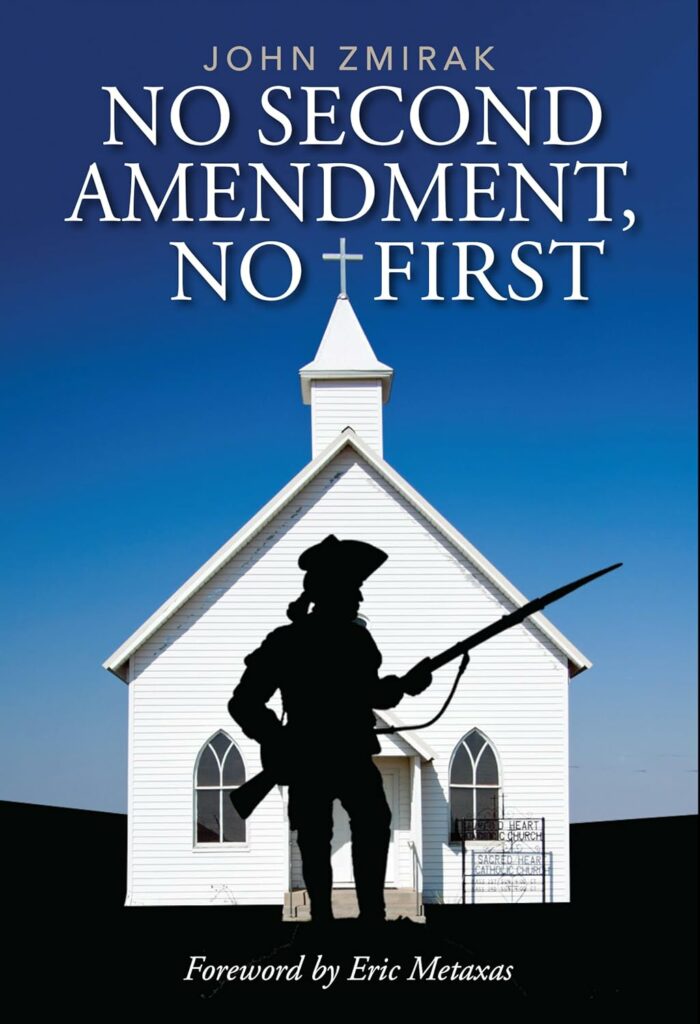Poll Shows Voters are Broadly Ignorant About Issues That Impact Them
Voters appear uninformed in areas that directly impact them, such as child hunger, tax burdens, health insurance, landfills, and Social Security.
If there is truth in Ben Franklin’s precept that “tyranny begins” with “ignorance,” a poll commissioned by Just Facts shows that the U.S. may be in deep trouble.
While most polls measure public opinion, this unique poll measures voters’ knowledge of issues that affect their lives in tangible ways. These include education, taxes, healthcare, the national debt, pollution, government spending, Social Security, global warming, energy, and hunger.
This national scientific poll surveyed 700 people who vote “every time there is an opportunity” or in “most” elections. In other words, these are voters who regularly exercise their constitutional right to choose the politicians who govern them.
Results for All Voters
For each question, voters were offered a selection of two or more answers, one of which was true. Voters were also given the opportunity to reply “I don’t know.”
On average, voters gave the correct answer 35% of the time, gave an incorrect answer 52% of the time, replied “I don’t know” 12% of the time, and refused to answer 1% of the time. These poor results indicate that many voters may be casting ballots based on warped notions of reality.
A majority of voters gave the correct answer to only four of the 23 questions.
The highest levels of ignorance were found on questions related to child hunger, tax burdens, health insurance copayments, landfills, and Social Security finances. In these cases, less than 25% of voters provided the correct answer, and in one case, only 6% of voters did.
If there is truth in Ben Franklin’s precept that “tyranny begins” with “ignorance,” a poll commissioned by Just Facts shows that the U.S. may be in deep trouble.
Results by Age, Sex, and Choice for President
The poll also recorded voters’ age, sex, and their choice for president of the United States. This allows the poll to pinpoint segments of society that are most and least informed about specific issues.
The results show deep partisan and demographic divides, with different groups being more or less knowledgeable depending upon the questions.
In total, the rates at which voters gave the correct answers varied from a high of 43% for Trump voters to a low of 31% for Clinton voters:
- 43% for Trump voters.
- 37% for 35 to 64 year olds.
- 37% for males.
- 35% for undecided voters.
- 34% for females.
- 34% for 65+ year olds.
- 31% for Clinton voters.
The sample sizes of third-party voters and 18 to 34 year olds were too small to produce meaningful data.
The Sex Question
This poll also contained a question that asked: “All other things being equal, if you were faced with a choice between a male and a female presidential candidate, who would you vote for?” Each voter was given the option to reply “Male,” “Female,” “It does not matter,” or “Unsure.”
Overall, 69% of voters said “it does not matter,” 15% preferred a female, 12% preferred a male, 3% were unsure, and 1% refused to answer.
Male voters and Trump voters were more likely than any other groups to say “it does not matter,” at 73% and 72% respectively. Most of the other groups were not far behind, with rates of:
- 71% for 35 to 64 year olds.
- 67% for Clinton voters.
- 67% for 65+ year olds.
- 66% for undecided voters.
- 64% for females.
The most significant difference among these groups is that Trump voters were more likely to prefer a man, while Clinton voters were more likely to prefer a woman. Among Trump voters, 25% preferred a male and 2% preferred a female. Among Clinton voters, 27% preferred a female and 5% preferred a male.
Another notable outcome is that both 12% of men and 12% of women preferred a male, but 9% of men and 20% of women preferred a female.
Poll Details
The poll was conducted by Conquest Communications Group, a professional polling firm located in Virginia. The responses were obtained through live telephone surveys of 700 voters across the continental United States on October 11–23, 2016.
The margin of sampling error for all voters is plus or minus 4% with a 95% level of confidence. The margins of error for the subsets of voters are 7% for Trump voters, 6% for Clinton voters, 10% for undecided voters, 5% for males, 5% for females, 5% for 35 to 64 year olds, and 5% for 65+ year olds.
A sample of questions and results from the poll include the following:
Question: On average across the United States, how much do federal, state, and local governments spend per year to educate each classroom of public school students? Less or more than $150,000 per classroom per year?
Correct Answer: More than $150,000. The average cost to educate a classroom of public school students is about $280,000 per year.
Question: On average, who would you say pays a greater portion of their income in federal taxes: The middle class or the upper 1% of income earners?
Correct Answer: The upper 1%. The Congressional Budget Office, the Obama administration Treasury Department, and the Tax Policy Center have all documented that households in the top 1% of income pay an average effective federal tax rate of about 34%, while middle-income households pay about 13%. These tax rates account for nearly all income and federal taxes. Claims to the contrary, which are often voiced by politicians and the media, are based on misleading calculations that exclude large portions of people’s taxes and/or incomes.
Correct answer given by 12% of all voters, 8% of Clinton voters, 18% of Trump voters, 11% of undecided voters, 14% of males, 10% of females, 11% of 35 to 64 year olds, and 12% of 65+ year olds.
Question: Is the air in the United States generally more polluted than it was 30 years ago?
Correct Answer: No. EPA data shows that ambient levels of criteria air pollutants have declined significantly over the past 30 years. The same holds for emissions of hazardous air pollutants. Lower levels of pollution can improve human health and reduce problems like learning deficits and behavioral disorders.
Correct answer given by 38% of all voters, 34% of Clinton voters, 50% of Trump voters, 36% of undecided voters, 45% of males, 31% of females, 42% of 35 to 64 year olds, and 35% of 65+ year olds.
Question: Without government subsidies, which of these fuels is least expensive for powering automobiles? Gasoline, ethanol, or biodiesel?
Correct Answer: Gasoline. Data from the U.S. Department of Energy and U.S. Energy Information Administration show that in 2015, the unsubsidized cost of ethanol was 38% more than gasoline, and the unsubsidized cost of biodiesel was 118% more than gasoline. Affordable energy has many important benefits, and for poorer people, it can mean the difference between life and death.
Correct answer given by 49% of all voters, 46% of Clinton voters, 58% of Trump voters, 50% of undecided voters, 54% of males, 45% of females, 43% of 35 to 64 year olds, and 55% of 65+ year olds.
Detailed poll results for all voters are available here.
James D. Agresti is the president of Just Facts, a nonprofit institute dedicated to publishing verifiable facts about public policy.


